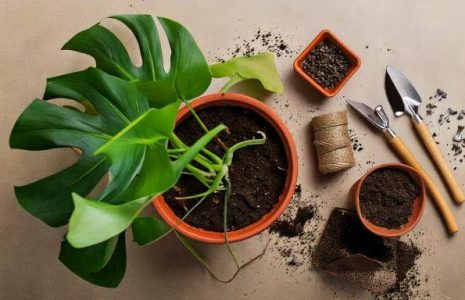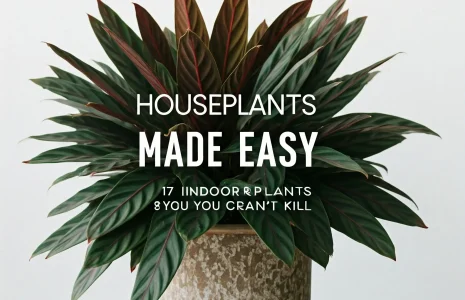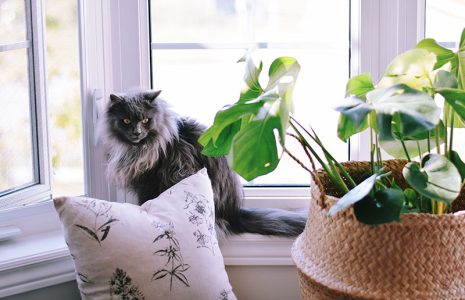No products in the cart.: $0.00
Are you ready to grow your pothos faster than ever? If you’ve been struggling to propagate your pothos or other aroid plants like monstera and philodendron, this method might just be the game-changer you need. In this article, we’ll show you how to speed up propagation by using a simple trick that boosts humidity and encourages root growth. Let’s get started!
Why This Method Works So Well
When it comes to propagating plants, humidity is key. High humidity creates the perfect environment for roots to grow quickly. By bagging your plant, you can create a mini greenhouse effect that speeds up root development. Here’s why this works:
- Increased Humidity:Bagging traps moisture, creating nearly 100% humidity inside the bag.
- Root Growth Boost:Aerial roots (the ones growing above the soil) develop root hairs much faster in humid conditions.
- Easy Transition to Soil:Once these roots are primed, they can easily adapt to soil, making propagation faster.
What You’ll Need for This Method
Before you start, gather these supplies:
- A clear plastic bag (large enough to fit your plant)
- A catch tray or saucer
- Water
- Scissors or pruning shears
- Healthy pothos, monstera, or philodendron plant

Step-by-Step Guide to Speed Up Propagation
Step 1: Prepare Your Plant
Choose a healthy plant with aerial roots. These roots are small, nubby growths along the stem. The healthier the plant, the better it will respond to this method.
Step 2: Bag Your Plant
Place your plant inside the plastic bag. Make sure the bag is sealed but not too tight. Leave some space for air circulation. Add a small amount of water at the bottom of the bag (not in the catch tray) to increase humidity even faster.
Step 3: Monitor Humidity
Check the bag daily. You should see condensation forming on the sides of the bag. This is a sign that the humidity is high enough to stimulate root growth. Be careful—too much water pooling at the bottom can lead to mold.
Step 4: Wait 2-3 Weeks
This method works best when used for a short period. After 2-3 weeks, check your plant. You should see aerial roots growing rapidly, with tiny root hairs forming.
How to Avoid Common Mistakes
While this method is effective, there are a few things to watch out for:
Mistake #1: Leaving Plants in the Bag Too Long
High humidity is great, but leaving your plant in the bag for more than 2-3 weeks can cause problems. Mold and bacteria thrive in wet, stagnant environments. Always remove your plant after a few weeks.
Mistake #2: Ignoring Transpiration
Plants release water through their leaves in a process called transpiration. In high humidity, this process slows down, which can lead to soggy soil. To prevent this, make sure your plant isn’t sitting in waterlogged soil.
Mistake #3: Using Unhealthy Plants
This method works best for healthy plants with established vines. If your plant is weak or struggling, it may not respond well to the bagging technique.
How Does This Compare to Water Propagation?
To test this method, I compared it to traditional water propagation. Here’s what I found:
- Bagging Method:Roots grew faster in the first few weeks, thanks to the high humidity.
- Water Propagation:While slower initially, water propagation produced thicker, healthier roots over time.
The takeaway? Use the bagging method for 2-3 weeks to kickstart root growth, then transfer your cuttings to soil or water for long-term success.
Tips for Successful Cuttings
Once your aerial roots have grown, it’s time to take cuttings. Follow these tips:
- Make Clean Cuts:Use sharp scissors or pruning shears to cut below a node (the bump where roots grow).
- Plant Directly in Soil:You don’t need to place cuttings in water first. They can go straight into moist soil.
- Provide Bright Light:Place your new cuttings in bright, indirect light to encourage growth.
Final Thoughts
If you’re looking for a way to multiply your pothos, monstera, or philodendron faster, this bagging method is worth a try. By boosting humidity and encouraging root growth, you can speed up propagation and enjoy lush, bushy plants in no time.
Remember, timing is everything! Keep the bagging process short (2-3 weeks), and always monitor your plant for signs of mold or overwatering. With a little care and attention, you’ll have a thriving jungle of greenery in no time.
Ready to Try This Method?Share your results with us in the comments below or tag us on social media. Happy planting! 🌿




